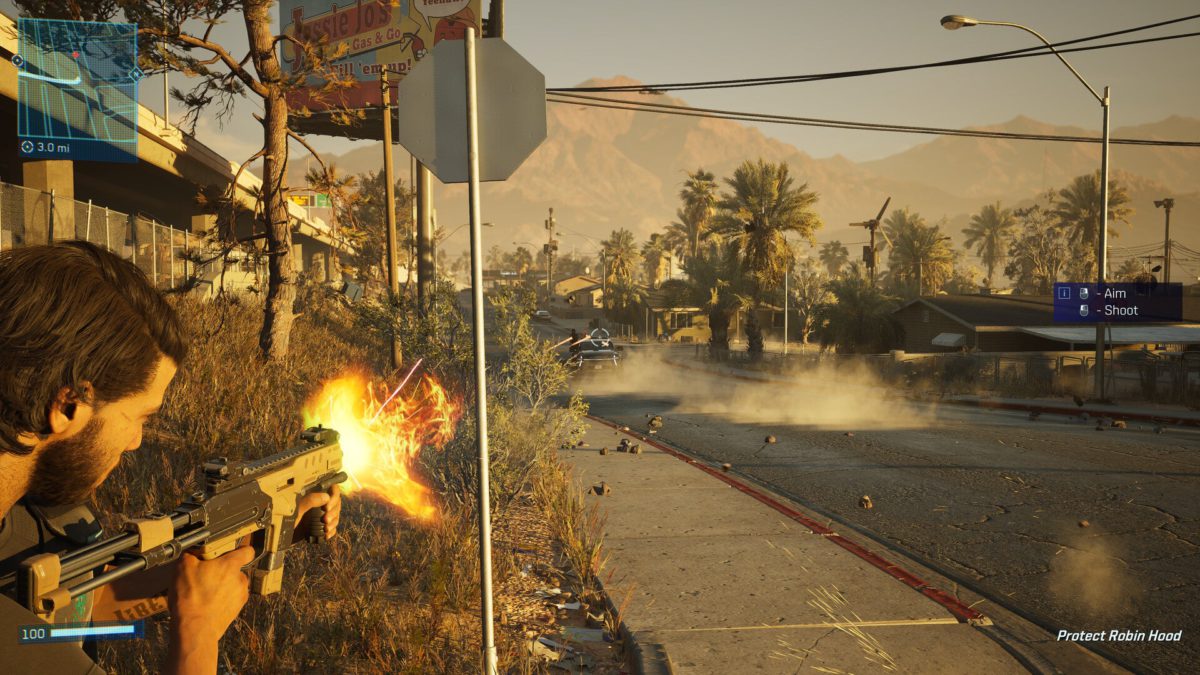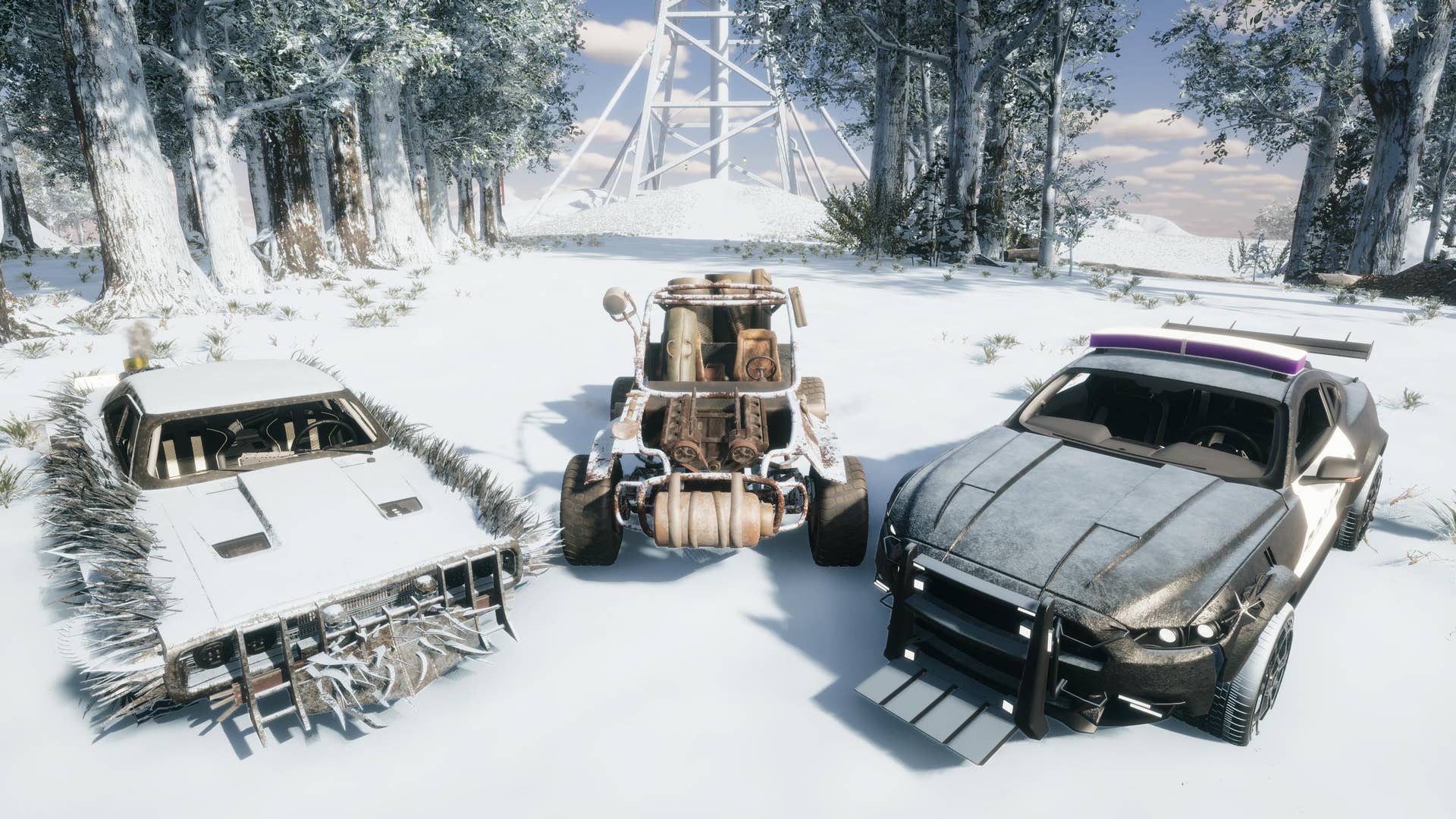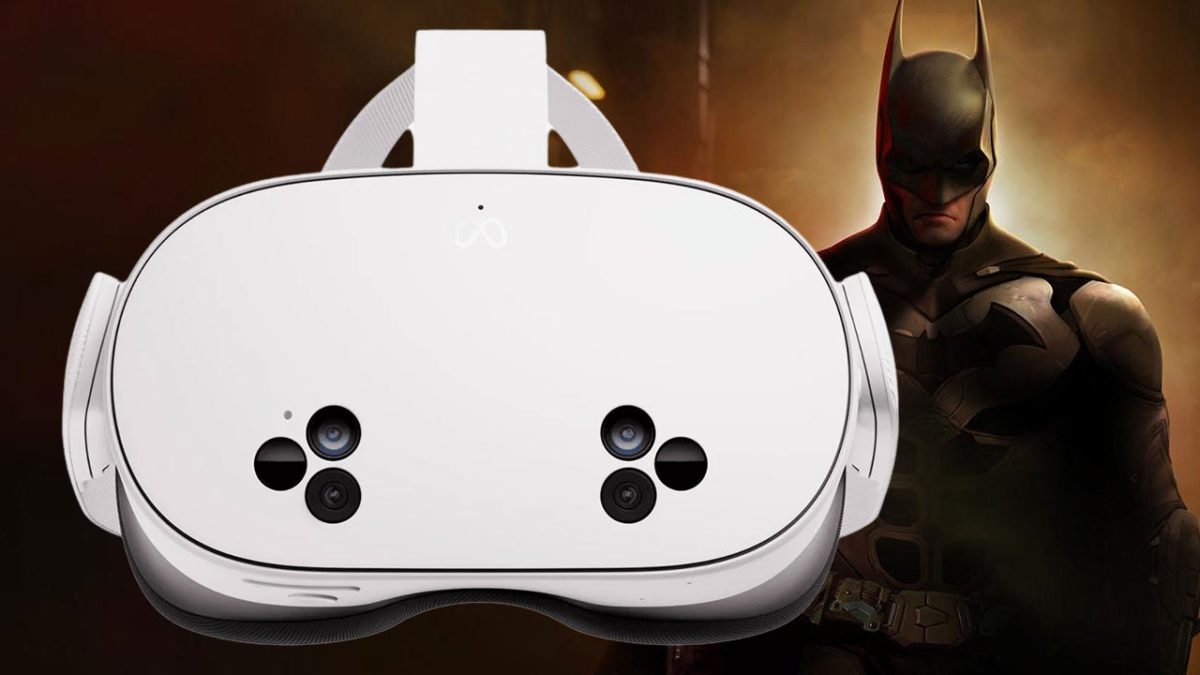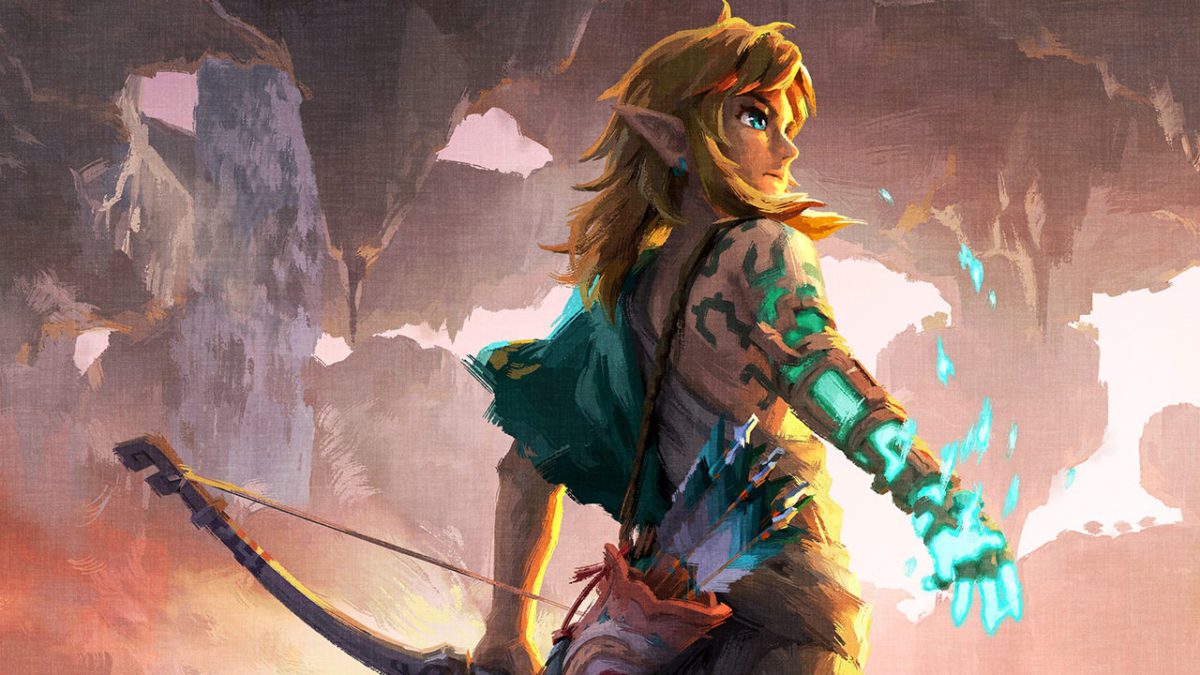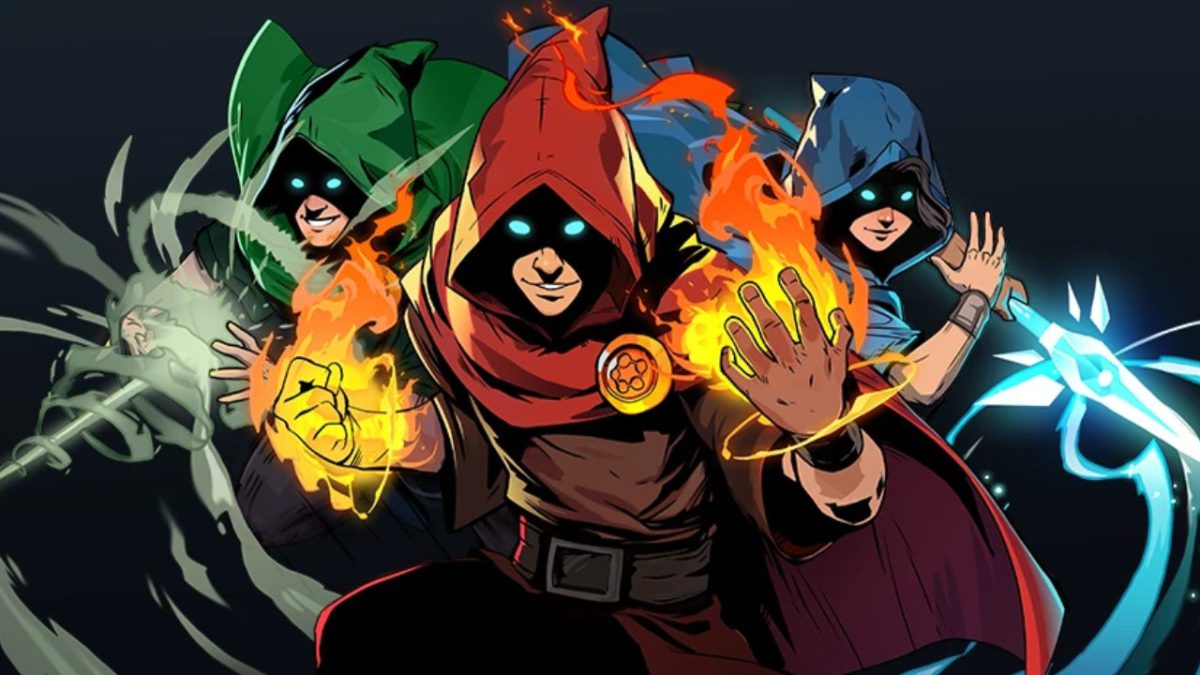
The developer of MindsEye has said it’s working to improve the game’s performance after a number of players took to Steam user reviews to complain.
Build A Rocket Boy’s debut title launched on June 10 and has settled on a ‘mixed’ user review rating on Steam, where it also hit a peak concurrent player count of 3,302. Many of the negative reviews focus on MindsEye’s performance problems, which appear to be hitting PC gamers hard. There are also reports on various bugs, glitches, and NPC behavior oddities.
My second combat encounter in #MindsEye… The AI has become self-aware and is now committing suicide: pic.twitter.com/391R23S0Oa
— Jesse Gomez @ IGN (@ItsJesseGomez) June 10, 2025
In response, Build A Rocket Boy issued a statement on the MindsEye subreddit, saying its engineering team is “working around the clock” to improve performance. Patch 3 will be revealed soon, it added.
Here’s the statement in full:
Thank you kindly to all of you who joined us as pioneers on day one! We understand that the current minimum spec requirements are very high, but our engineering team are working around the clock to improve performance on mainstream hardware as well as consoles by integrating the performance improvements in Unreal Engine V5.6. We will provide patch 3 update timing, including these improvements, within the next 24 hours. In addition to the main campaign, we would also value your thoughts on Build.Mindseye.
MindsEye, led by former Rockstar North chief Leslie Benzies, has endured a tumultuous run-up to release. Last week, Build A Rocket Boy said fans should wait for MindsEye’s official launch rather than play it before its street date, after early copies made their way into the hands of players.
“We want everyone to experience the story the same way at the same time on day one, without bias,” Build A Rocket Boy said in a statement issued in response to early copies being played. “This means waiting until the official release date to play through the game firsthand.”
Mention of bias in the studio’s statement sparked speculation that the company was referring back to comments made by its co-CEO Mark Gerhard, who suggested there had been a “concerted effort” to “trash the game and the studio” with negative social media posts from paid accounts or bots.
IGN subsequently put this claim to Hakan Abrak, boss of Hitman developer IO Interactive, the company which is publishing MindsEye. His response: “I don’t know. I don’t believe that. I don’t believe that. I just think the game should speak for itself on June the 10th.”
Physical copies of MindsEye also needed a “major” update for “key improvements to ensure MindsEye plays as we intended and to meet all the characters at their best.”
And just days before MindsEye’s launch, Build a Rocket Boy’s Chief Legal Officer and Chief Financial Officer confirmed they had left the company, sparking concern from the studio’s fledgling community.
Steam concurrents do not tell the whole story, of course. MindsEye launched on PlayStation 5 and Xbox Series X and S as well as PC, so its true concurrent player count will be higher than that reported on Valve’s platform.
MindsEye carries a $59.99 price tag. At launch, there is a “tightly crafted linear story campaign,” and what’s called “single-player free roam,” but there are also a number of missions: a horde mode mission called “Destruction Site Shootout,” and two combat missions (“Honor Amongst Thieves” and “Friendly Fire”). Also at launch are six races, six checkpoint races, and three drone races. If you get the premium pass, you get an extra horde mode mission and an exotic cosmetics pack.
Following launch, Build A Rocket Boy said it will deliver a “constant stream” of fresh premium content monthly, “ensuring MindsEye is a living, ever-expanding player experience.” This includes new missions, challenges, and game assets. “The continuous stream of studio-developed content, combined with the very best of the community’s own beautiful creations, means that MindsEye will continue to surprise and delight its players for decades to come,” Build A Rocket Boy added.
Build A Rocket Boy also confirmed its 2025 roadmap of content. In the summer there will be community updates, new missions, in the fall new single-player modes, multiplayer, and new missions, and in the winter free roam updates and new missions. Premium pass owners get extra missions and new packs throughout.
Wesley is Director, News at IGN. Find him on Twitter at @wyp100. You can reach Wesley at wesley_yinpoole@ign.com or confidentially at wyp100@proton.me.

